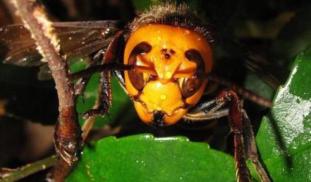Please wait...
About This Project
The aim of this project is to discover how Vespa Amino Acid Mixture (VAAM), a metabolic accelerant, impacts cellular repair mechanisms. Previous studies have shown that VAAM can effectively give insects super-powers, but also seems to “burn them out” and dramatically shorten their life. Help us look at how VAAM impacts cellular repair mechanisms, with the aim of both discovering why it leads to an early grave and with the hope of preventing the negative consequences while maximizing endurance!



